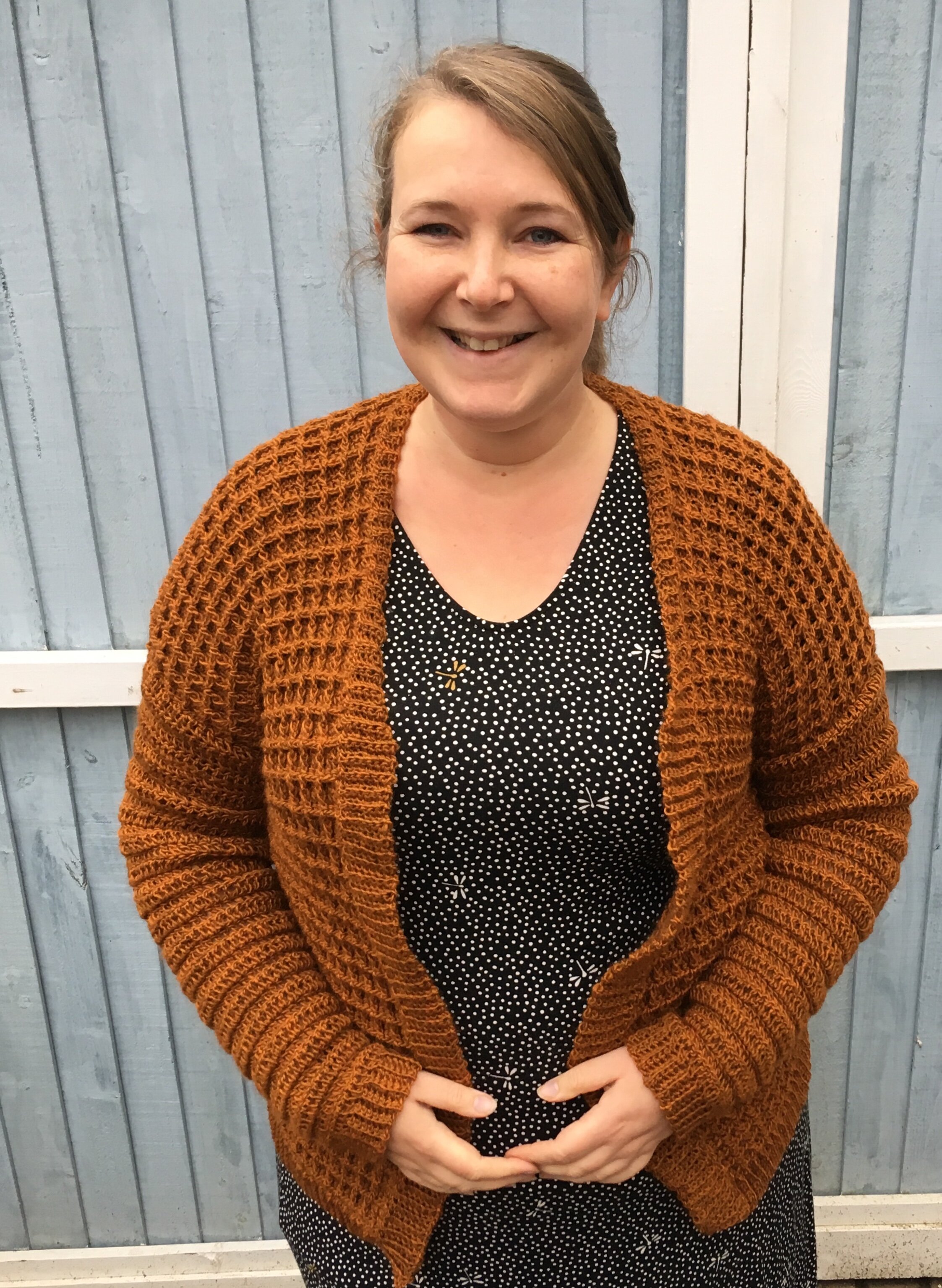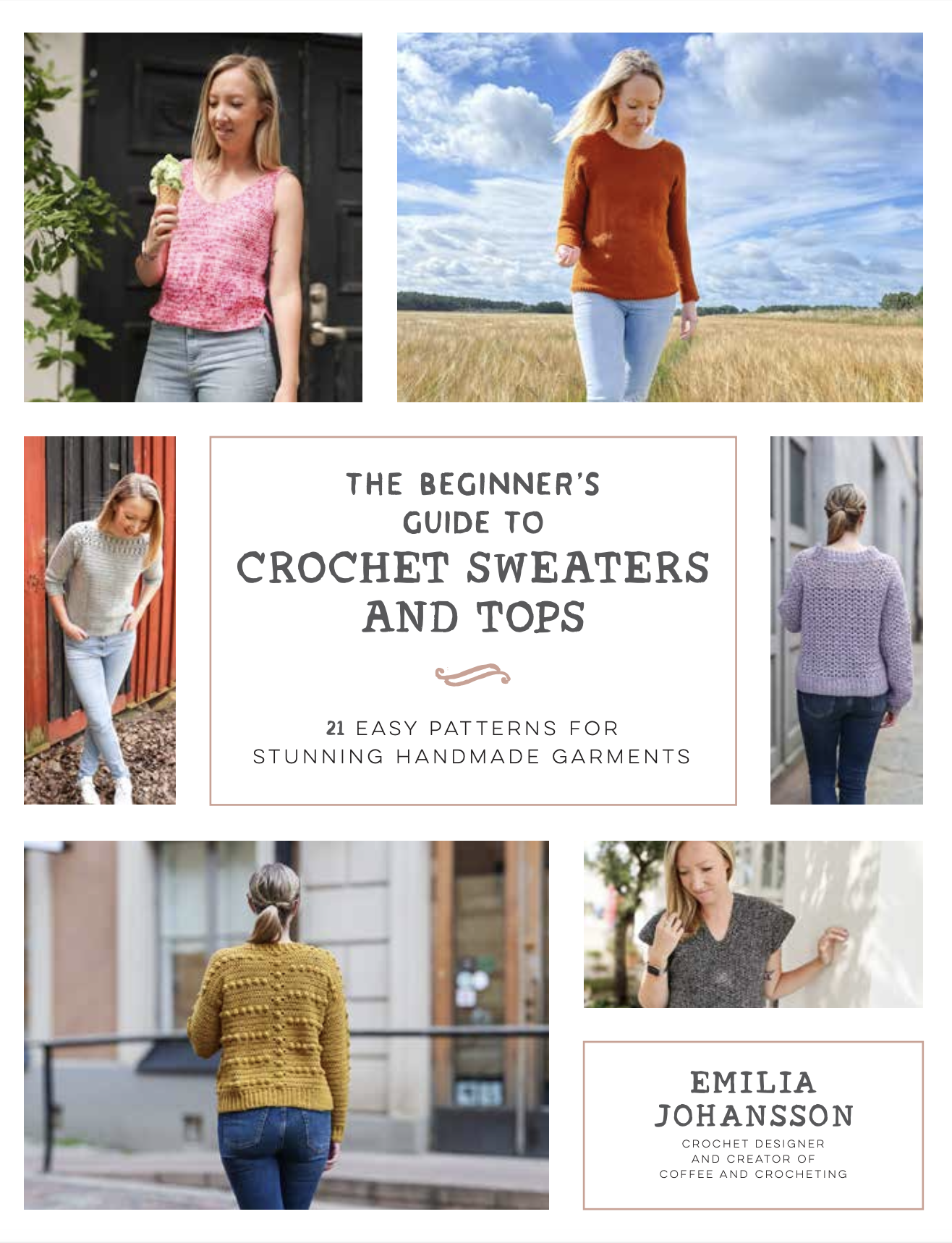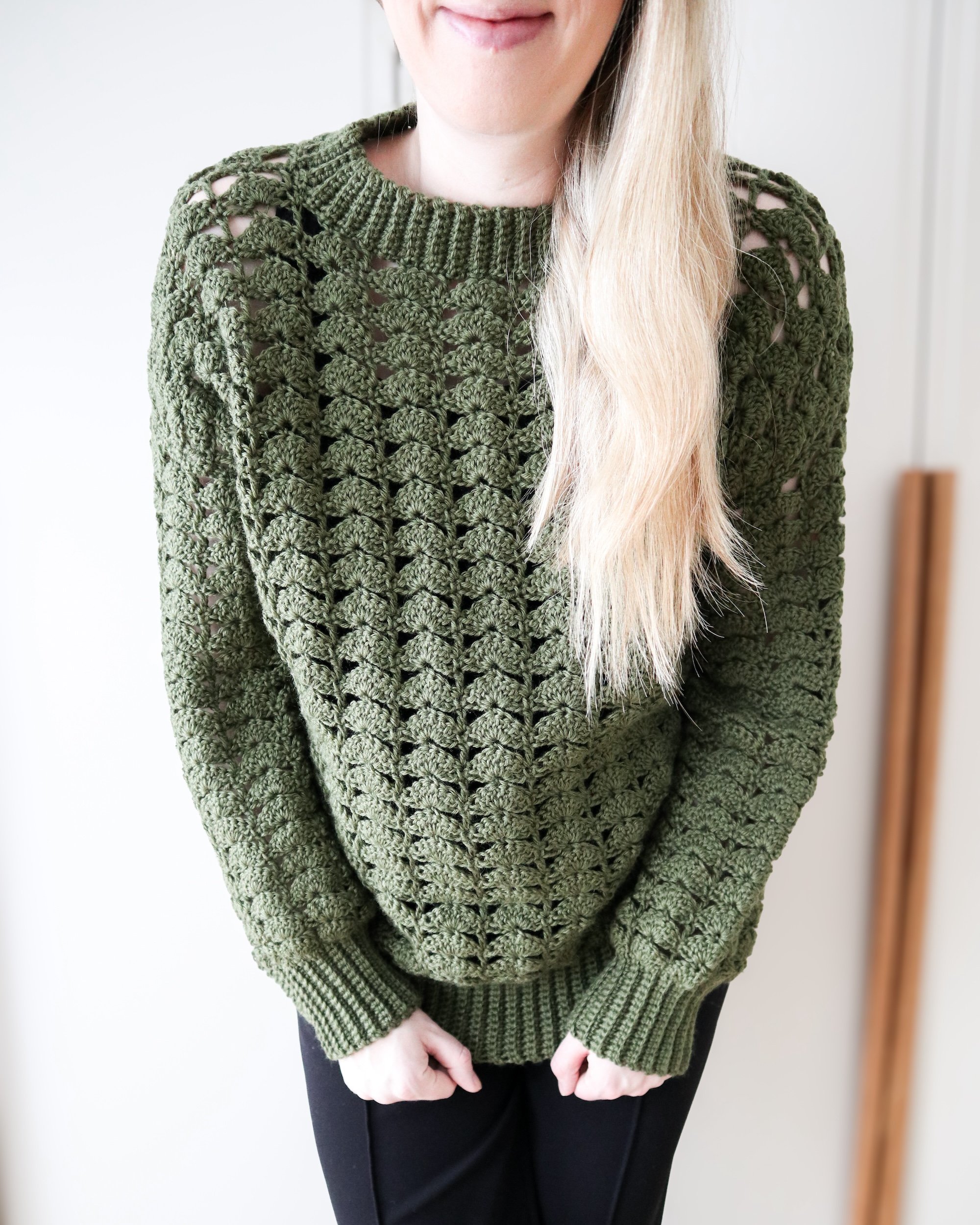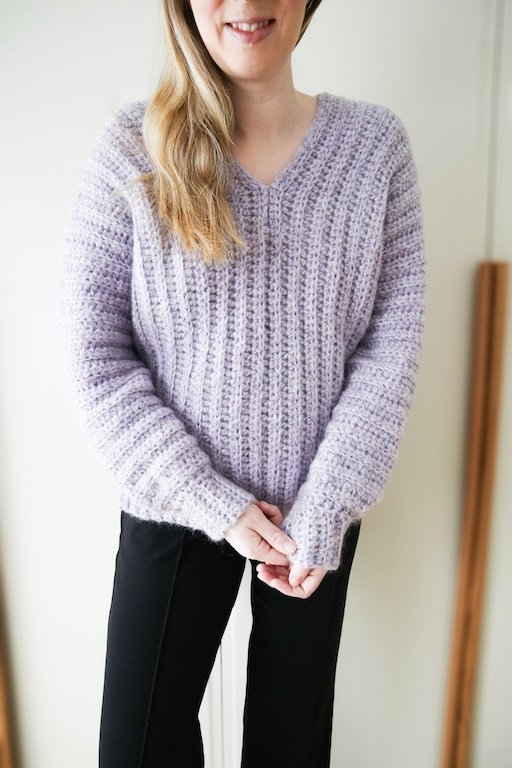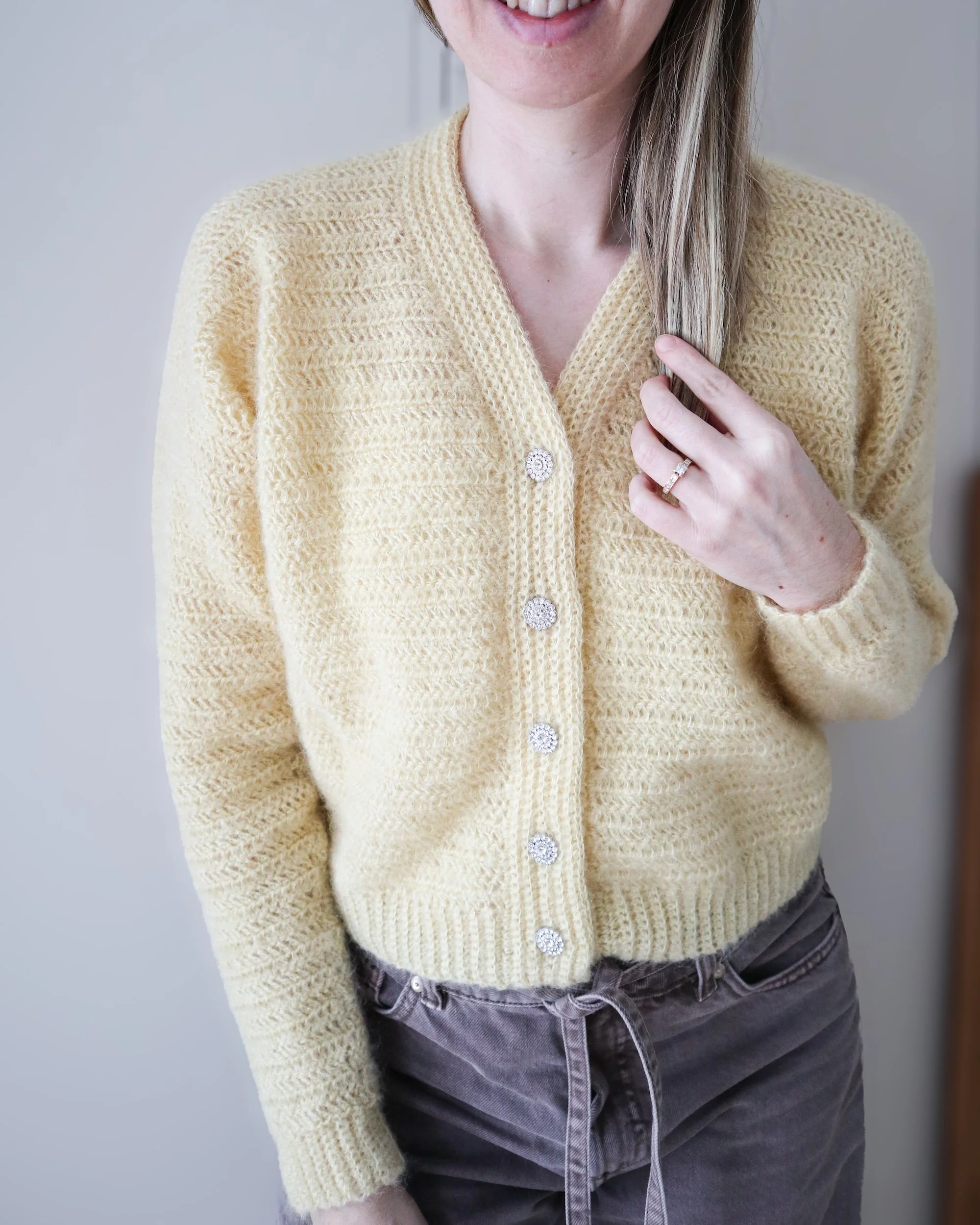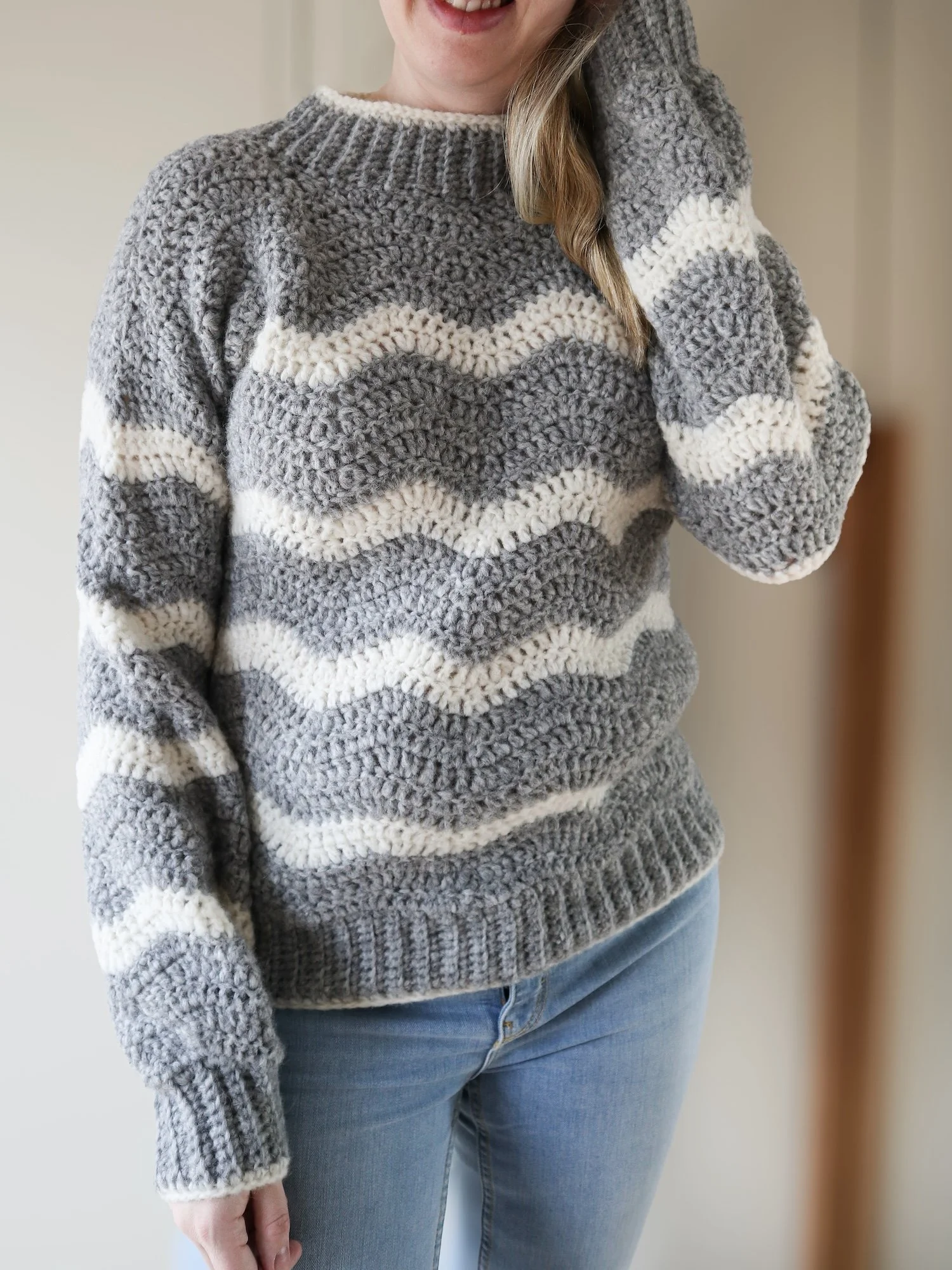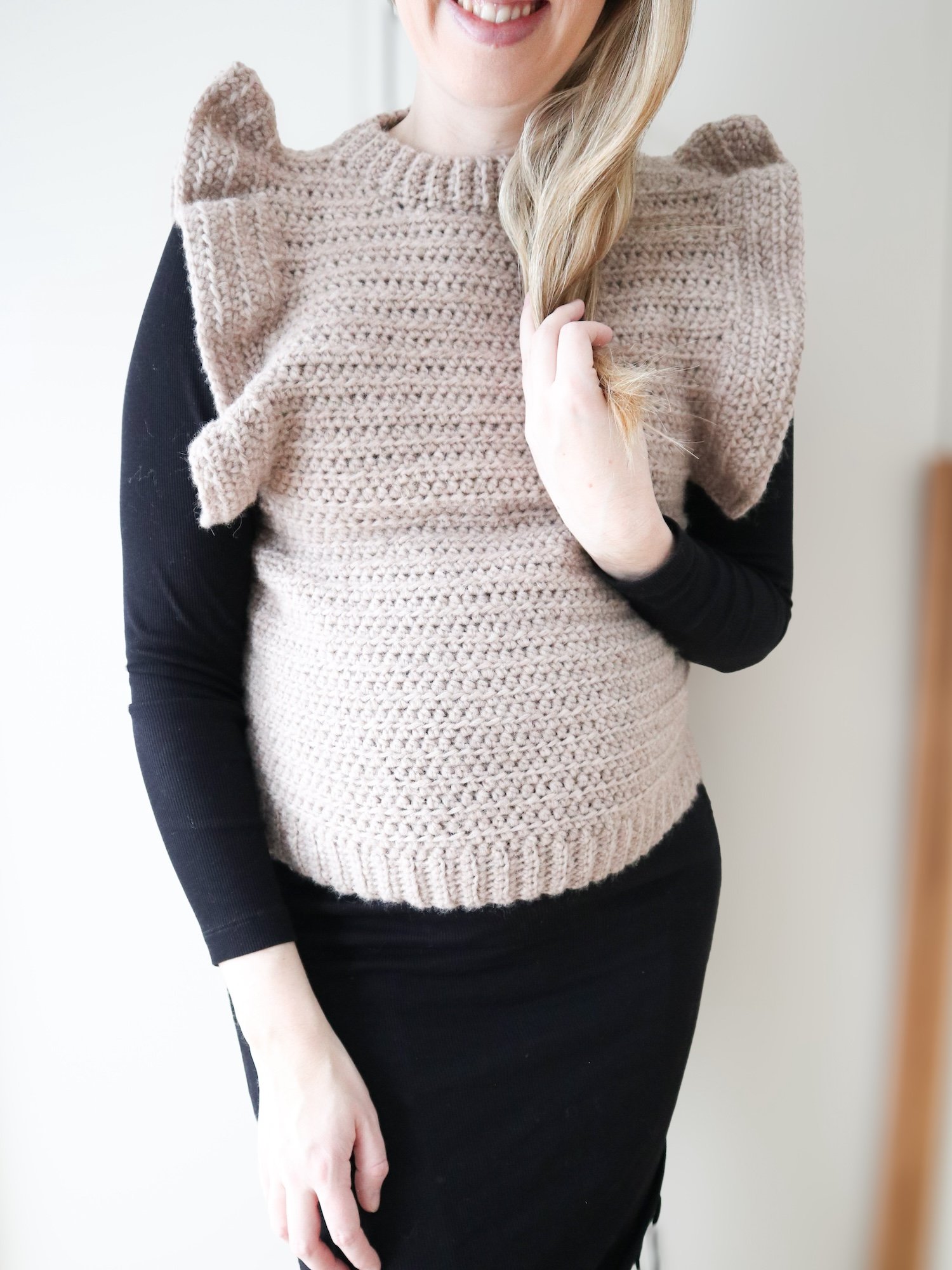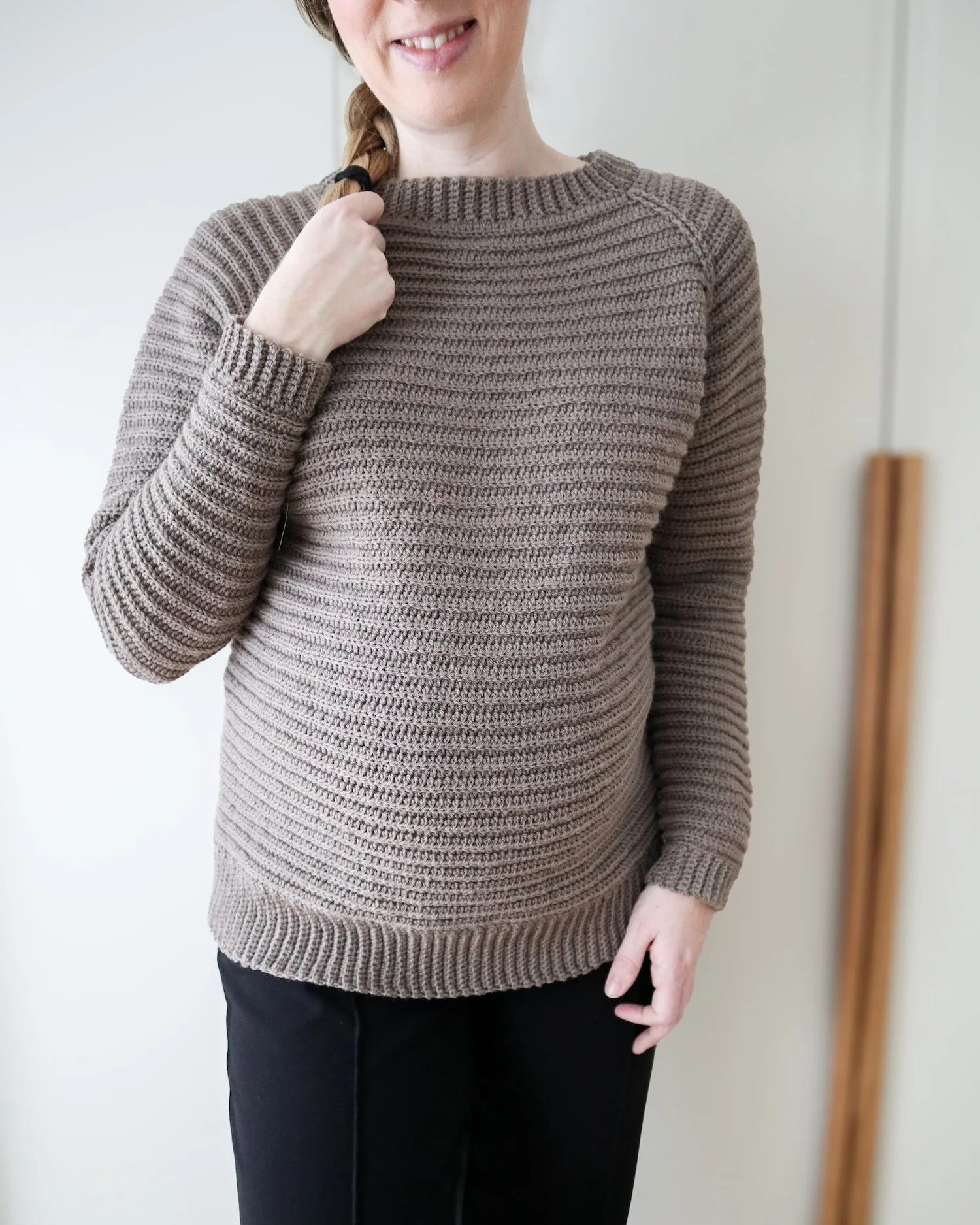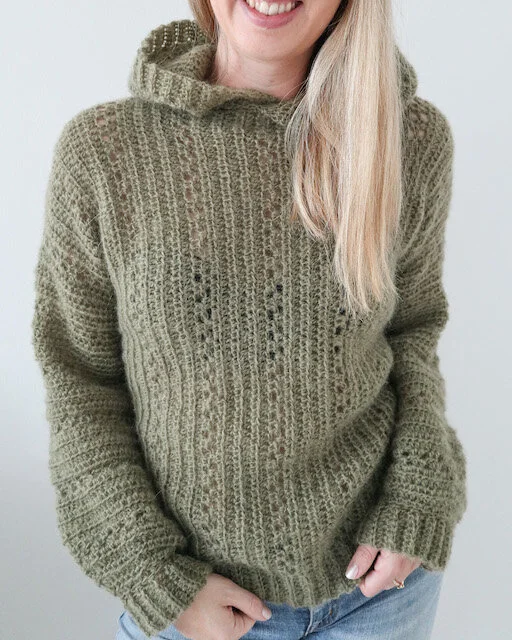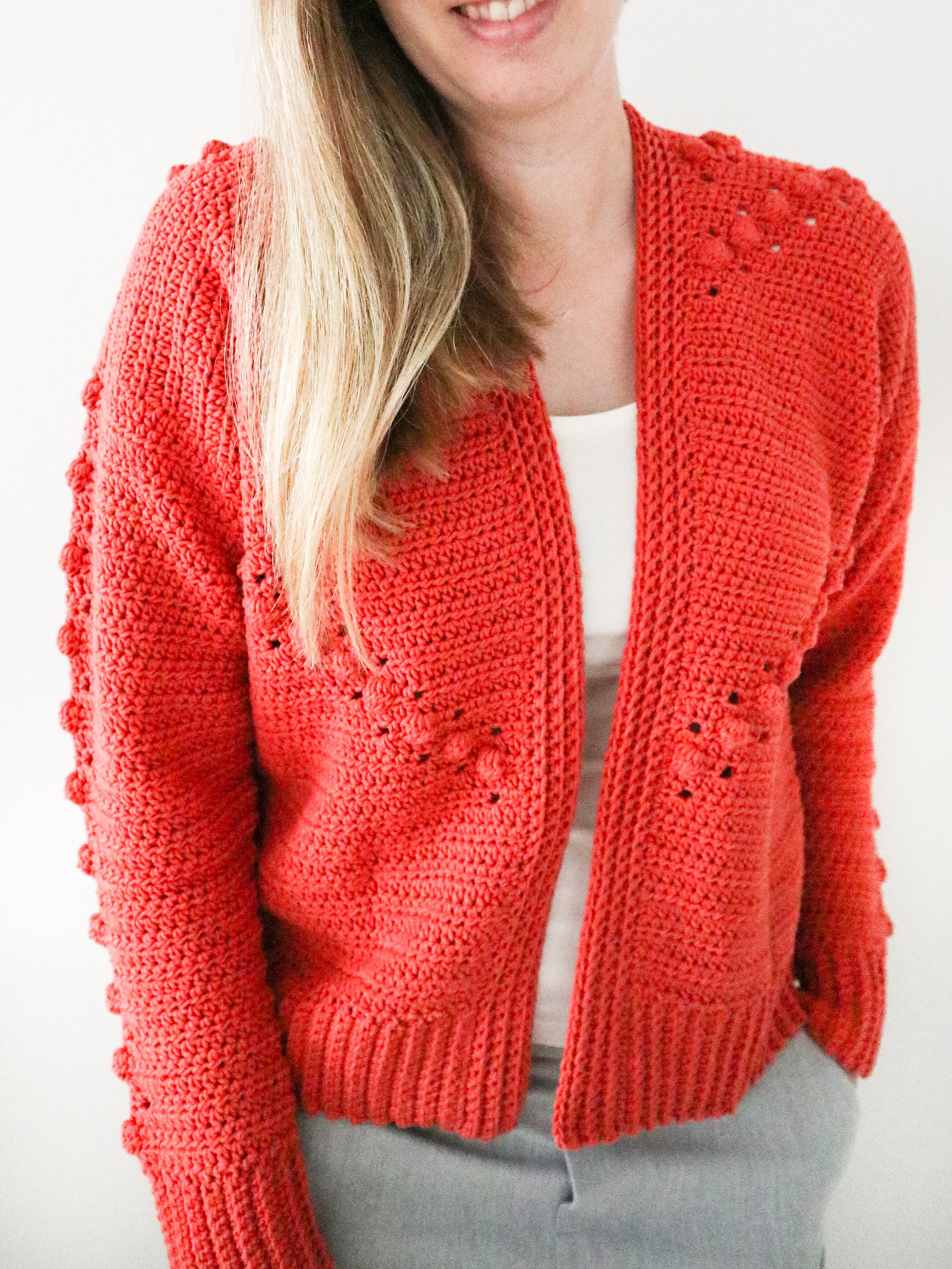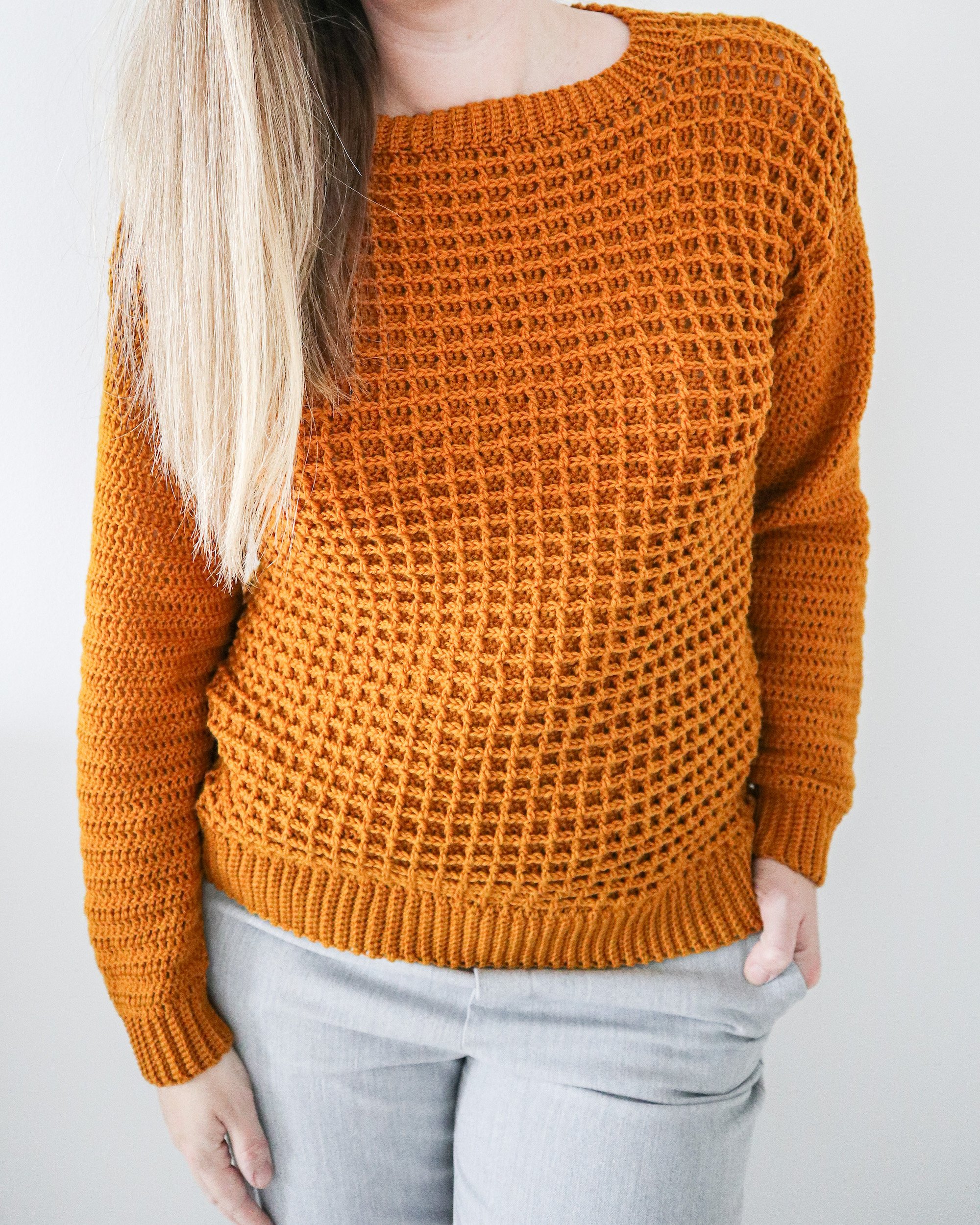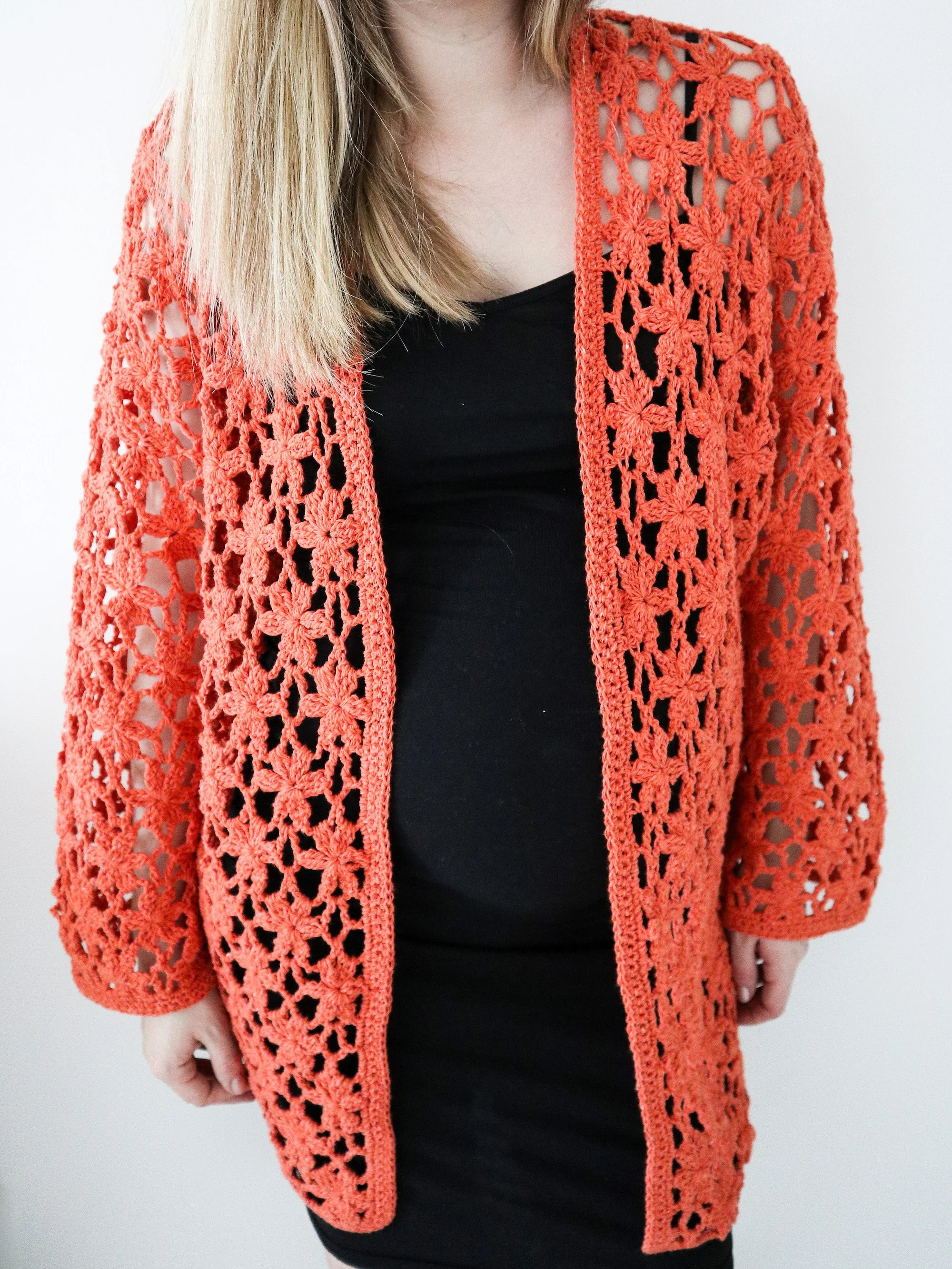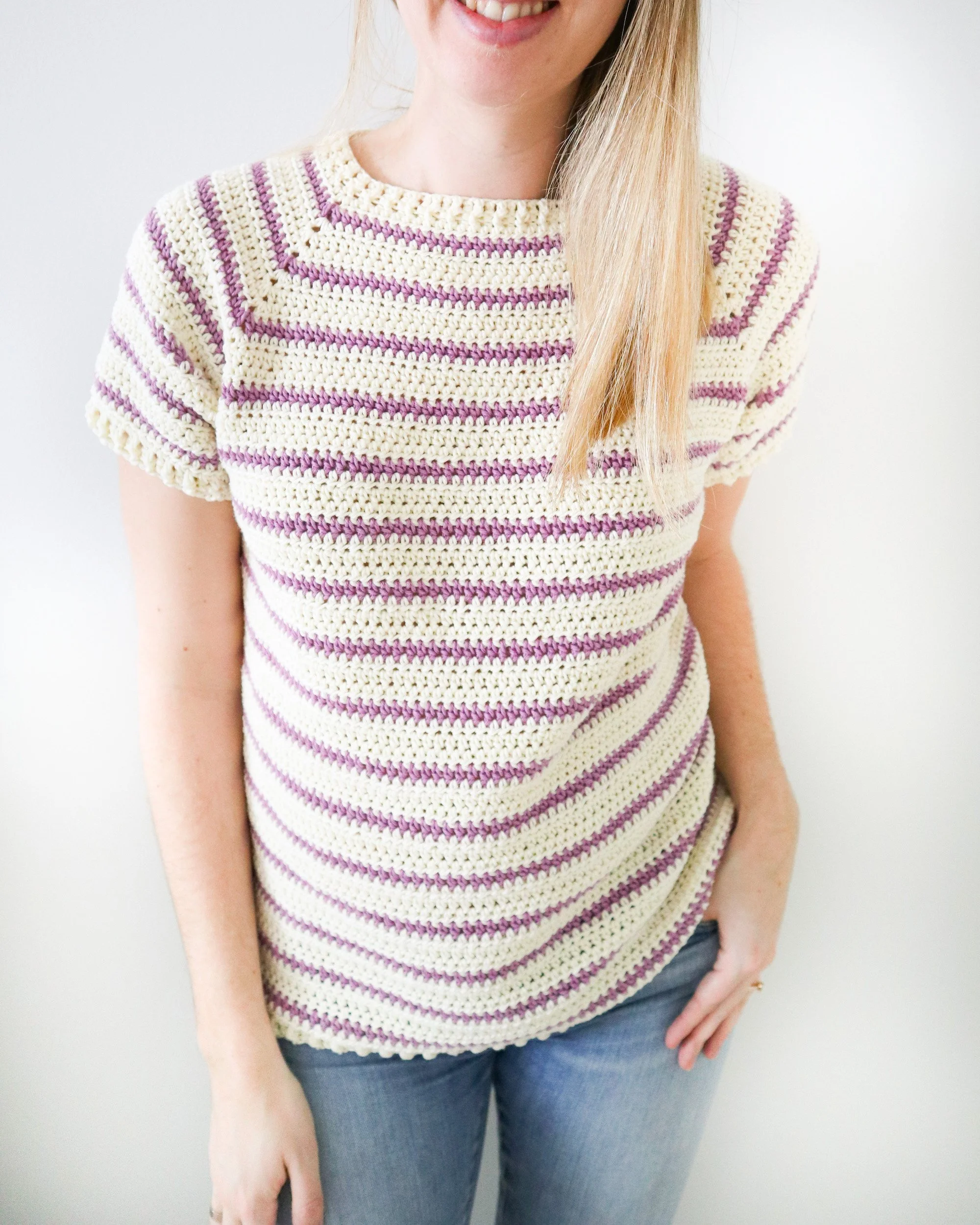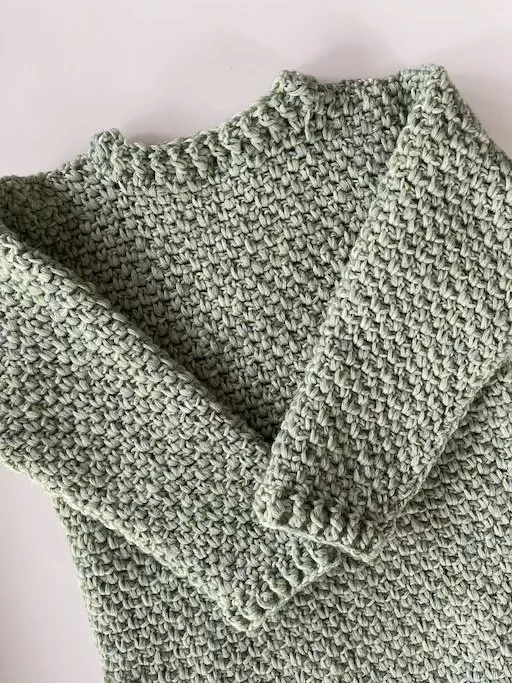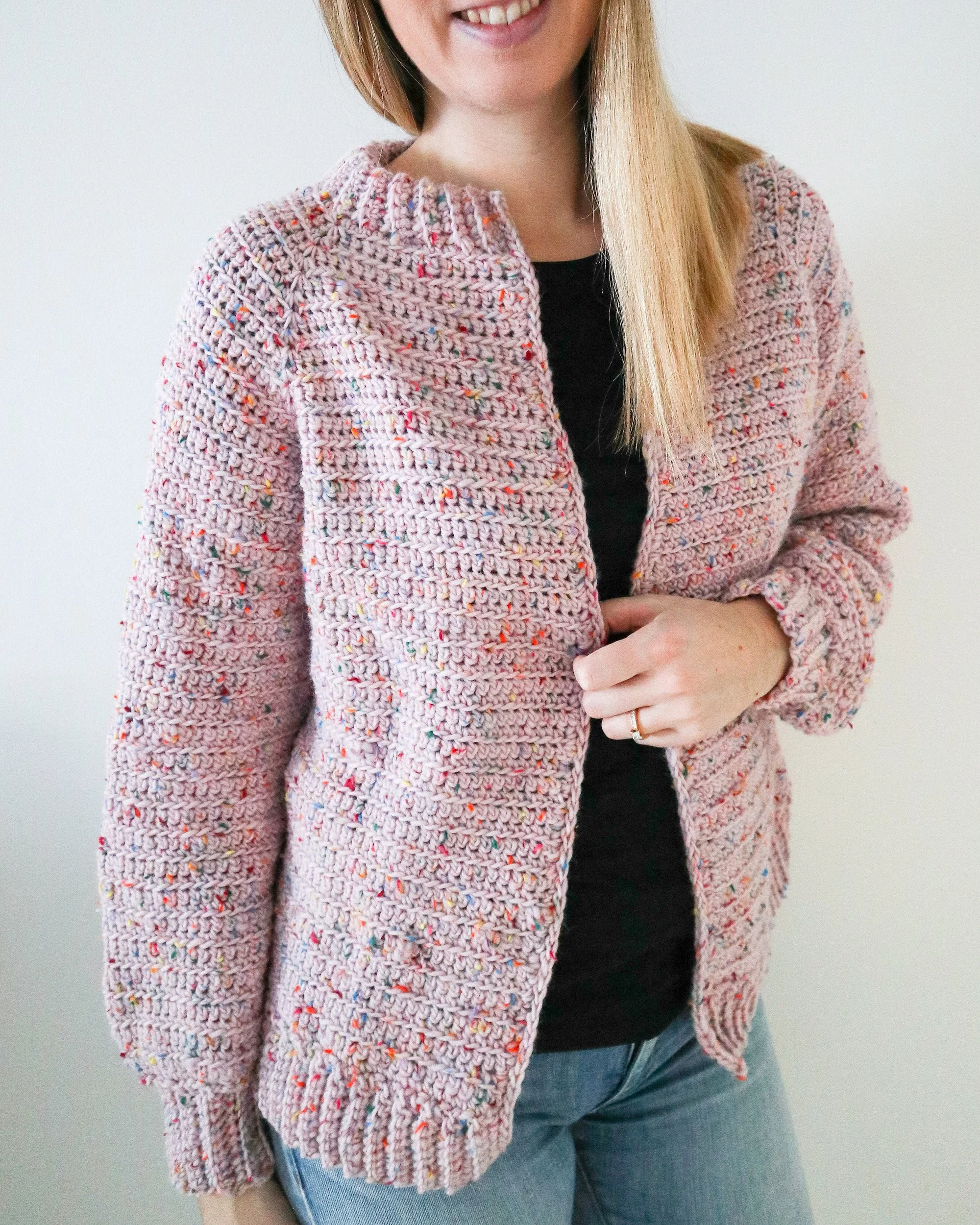How to be a Great Pattern Tester
Have you ever wanted to be a pattern tester for a knit or crochet designer? Do you wonder what it takes to be a good pattern tester? Maybe you’ve been wondering how you find the patterns to test and which testers actually gets chosen to test a pattern.
To answer those questions and more today’s blog post is an interview with the experienced pattern tester Sally a.k.a. sosewsally. Sally has been testing many of my patterns and her feedback and improvement ideas has helped me a lot. Especially in the beginning. Sally was part of my first ever pattern test group and has regularly joined after. To this day she has tested 13 of my patterns and many many patterns from other designers. Take a cup of coffee and snuggle up. Let’s get to know Sally!
Hi Sally, How are you? Could you please tell us a bit about yourself?
Hi Emilia, and hi all! I’m Sally, I’m 39, I live near Nottingham in the UK, I’m married with two teenage children, I have an allotment where I grow my own vegetables, I also have 5 chickens and a rabbit who live in my garden and keep the grass short so I never have to mow it!
For how long have you been crocheting? How did you learn how to crochet?
I first picked up a crochet hook when I was about 20, my mother-in-law taught me how to make a scarf using double crochet stitches, it didn’t go especially well. However, about 8 years ago a friend bought me a ‘crochet your own flower brooch’ - kit as a gift and I loved it and have been addicted ever since.
Am I right to say that most of your crocheting nowadays are pattern tests? How come you started to test patterns?
Yes, you’re absolutely right! I do crochet other things from time to time too, usually for birthday and Christmas gifts. I started pattern testing in spring 2019. I was very new to garment making, and had made a New Years resolution that I would crochet a new garment every month, knowing this would improve my crochet skills. It was quite by chance that I stumbled upon an Instagram post asking for testers, before then I didn’t even know that pattern testing was a thing. I applied and was selected and I loved it! I learned so much!
How many patterns have you tested to this day?
I don’t actually know, I would guess about 70 based on the projects I have uploaded to Ravelry.
What is best about pattern testing?
I can’t pick a best thing, so I’m going to share the 3 best things because they’re all equally important:
Firstly, my crochet skills have improved immeasurably, I’ve learned new stitches and techniques, my work is neater and more accurate and I crochet so much quicker than I did this time last year (so I have more time to fit in more projects hahaha)
Secondly, I’ve not worked, due to ill health, for the last 12 months, testing helps keep my brain ticking over because I have to concentrate on the pattern I’m testing. It keeps me motivated because I always have a deadline to work to, and it gives me the feeling of achievement and fulfilment. I genuinely believe it’s helped keep my mental health in check during a challenging time.
And thirdly, it has introduced me to the larger crochet community. I have met so many wonderful people, people who in ‘real life’ I would have never crossed paths with. I now have a group of international friends who I chat to regularly, most weeks we have a Zoom chat while we crochet together, my children have nicknamed them my ‘Cromies’ (crochet homies). I can’t wait for this pandemic to be over so I can plan some trips to meet them in person and give them the huge hug they deserve.
How would you define a good pattern tester? What is something you should think about before starting to test patterns?
A good pattern tester is someone with a good eye for detail, good communication skills, plenty of patience and the ability to showcase their work beautifully.
If someone is considering giving pattern testing a go I would highly recommend it, however,
you must be willing to frog your work, and in some cases, to do so several times if necessary,
you must also be prepared to follow the pattern EXACTLY as it is written
check that your stitch count is always right
not be tempted to ‘fudge it’ when a mistake has been made, or if there’s a part of the pattern that’s not 100% clear.
You must also be able to work to the deadline set by the designer. In this time you need to:
complete the pattern
get good photographs of the finished item (worn, the designer has to be able to see how it fits)
give good clear, constructive feedback. Good designers will tell you the type of feedback they’re looking for so you can make notes, and where appropriate, feedback as you go along. If you’re not certain these things would work for you then pattern testing might not be your thing.
What do you, as a pattern tester, expect from a designer / pattern writer? What things make you want to test for that designer again?
Good organisation and communication is key! Having a good understanding of what’s expected, and by when, is crucial from the beginning. Although it’s unrealistic to have someone on hand 24/7 (especially when working in different time zones, which is very common) to answer questions, designers do need to be available as regularly as possible.
I choose to work with a designers again based mainly on how I felt after my previous testing experience with them, and how much I like the finished item created from their pattern. Most of my testing experiences have been positive, even empowering, I’ve felt that I’ve learned something new, or improved my skills, or had my experience as a tester recognised and therefore know I’ve helped get that pattern as close to perfect as it could ever be. If I can feel those things and have a garment that fits beautifully that I’ll enjoy wearing regularly, that’s a no brainer, I’ll definitely apply to test again.
Sadly not all experiences are positive, there have been occasions where I’ve asked for clarification and I’ve had to chase a designer numerous times over more than a week before receiving any response, I’ve had occasions where I’ve pointed out typos, grammatical issues, or other errors and have found they’re still there in the finished document, I’ve also had occasions where the designer never acknowledged that I had sent feedback and photos to them. Obviously life happens and things don’t go to plan all of the time, but if I get to the end of a test and feel as though I’ve wasted my time, or haven’t been appreciated I won’t test for that person again.
There are quite many designers out there looking for pattern testers. How do you choose which patterns to sign up for? Do you have any tips for aspiring pattern testers how to find the tests?
To begin with I found tests by having a really good nosy around Instagram, I had a look on some hashtags relating to pattern testing and found designers and crocheters to follow and it evolved from there. Once I had a fair amount of experience as a pattern tester, and plenty of examples of tests to share, I did contact some designers I particularly admired, that didn’t do open tester calls and asked how I would go about applying to test for them, I felt rather cheeky doing that, but I have had the pleasure of working with some of them which has been great!
There are certain designers that, in the past, I’ve just signed up to test for every time they do a tester call because I love working with them so much, I have had to rein myself in somewhat as I was over committing myself and feeling stressed which is silly and unnecessary on my part, but to the best of my ability I test for them as regularly as I can.
Occasionally I test for someone brand new, usually because I particularly like the look of their design, or their garment is constructed using a technique I’m not familiar with.
As an aspiring designer I think experiencing different styles of pattern construction and aesthetics is priceless, how else will I learn the skills I need to eventually bite the bullet and get my own designs on paper (there’s no such thing as a selfless good deed, I get more than a cool pattern out of pattern testing)
What tips would you want to give to a person looking to become a pattern tester? Is there anything they can do before applying to test patterns that improve their chances to get chosen?
In lots of instances pattern testing isn’t just about the crochet, at the end of the testing process, all being well, there’ll be a fabulous new pattern about to be released into the world, designers need to promote this, they need good clear pictures of their design.
If you have no examples of your crochet on your Instagram, or if your examples are dark or blurred you’ll probably be less likely to be picked than someone who regularly shares great photos of their crafts. This doesn’t mean you have to have a social media account dedicated to crochet, but if yours has no hint of an interest in it that’s something you could improve upon.
What tips would you give to designers struggling to find pattern testers for their designs: is it anything that makes a test more appealing?
Similarly to making someone more appealing as a tester, the designer should have really great pictures of their creations, they need to show it off, be proud of it, and feel excited about it. I think this comes across on their Instagram grids and would make me feel that I’d want to be involved.
Seeing designers share the work of their testers is really important too, it may not always be appropriate to share on their main grid, and that’s fine, but their stories can be a perfect example of tester appreciation.
I think I would be reluctant to apply to test a pattern for someone who has no mention of previous pattern tests they’ve led, unless they made it clear that they’re putting their first pattern into testing.
Is there anything else you would like to add?
Everyone has to start somewhere, if you don’t get picked right away do not be disheartened, some designers will literally have more than 100 applications for each of their tester calls. If you’re feeling anxious about applying then take the time to get to know some of the crochet community, comment of the posts of the designers you like, or the people who test the patterns you’d like to test.
Once you get a rapport going you’ll figure out who you’d like to work with, they may even give you a heads up when there’s a tester call you might be interested in. The one thing I underestimated the most at the start of my crochet journey was the immense positivity of the crochet community, how uplifting it can be, and how eager everyone is to see the crafters around them succeed, it is priceless!
Some quick questions
Favourite fibre?
To work with? Right now, while it’s warm, I’ve mostly been working with cotton yarn, in the cooler months I love working with merino wool, or alpaca blends.
To wear? As above mostly, although if budget was no issue I’d use something with a silk, cashmere or yak blend every day of the week!
Favourite yarn?
I treated myself to some indie dyed merino sock yarn earlier this year, it is hands down the best yarn I’ve worked with so far. I also have a hank of lace weight indie dyed yarn which is a merino, silk and yak blend. I cannot put into words how amazing it feels, and until I find the perfect pattern for it I will not use it (roughly translated, it’s too good for any lace weight pattern I've come across up to now and is destined to sit on my yarn shelf until the end of time!)
Favourite hook size? Do you have a favourite type of hook to use?
I have used my 3.5mm hook most regularly recently, I prefer smaller hooks and smaller stitches mostly. I want to save up so I can buy myself some Furls Odyssey hooks, they look amazing and I’ve heard so many great things about how comfortable they are to use, I have one Furls streamline which I was gifted (I have the best yarn friends!) and it is a joy to use!
Favourite garment to make?
I don’t have a favourite garment, however I do prefer to make garments that are worked top down, as a general rule I find these tend to be the ones that fit best, because you can try them on while you’re making them, they’re far easier to customise.
Thank you Sally for the interview!
It is some really valuable information you have shared with us. Good luck with all of your upcoming projects, I hope to have you testing for me again in the near future. If you do write that pattern one day I would be happy to test for you.
From a designer’s perspective I also want to add that checking your gauge / tension as a tester is crucial. The tension needs to be on gauge all the time. Something I know you are an expert on Sally!
And sign-up to my pattern tester list here.
